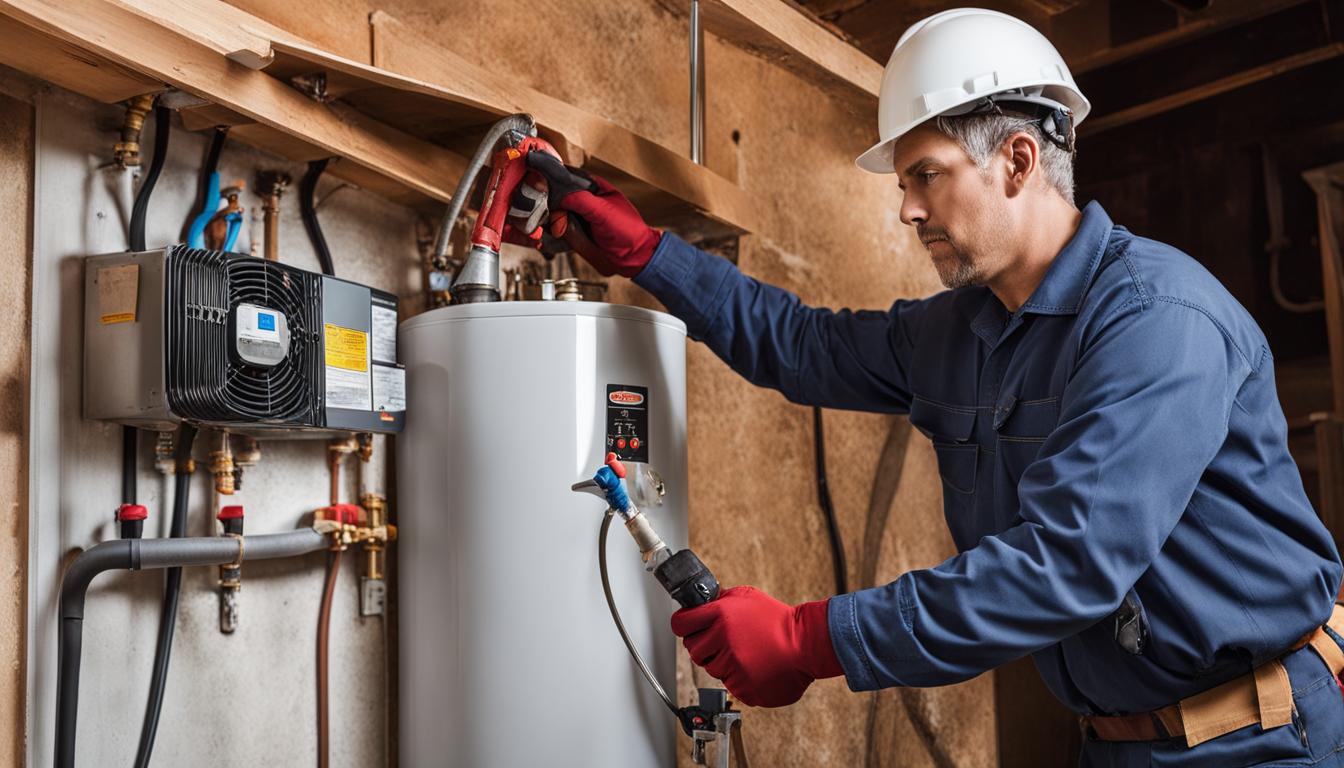Specialist Advice for Maintaining Your Home's Hot Water SystemKey Care Tips for Your Home's Hot Water SystemEasy Methods to Care for Your Home's Hot Water System Properly
Specialist Advice for Maintaining Your Home's Hot Water SystemKey Care Tips for Your Home's Hot Water SystemEasy Methods to Care for Your Home's Hot Water System Properly
Blog Article
What're your ideas regarding What Kind of Maintenance Do Water Heaters Need??

Hot water is crucial for everyday comfort, whether it's for a revitalizing shower or washing recipes. To ensure your warm water system runs effectively and lasts longer, normal maintenance is vital. This post provides functional pointers and insights on exactly how to maintain your home's hot water system to stay clear of interruptions and pricey repair work.
Introduction
Preserving your home's warm water system might appear daunting, however with a couple of basic actions, you can ensure it runs efficiently for years ahead. This guide covers whatever from understanding your warm water system to do it yourself maintenance ideas and recognizing when to hire specialist help.
Value of Keeping Your Warm Water System
Normal upkeep not only extends the lifespan of your hot water system however likewise guarantees it runs successfully. Neglecting upkeep can lead to decreased effectiveness, greater power expenses, and also early failing of the system.
Indications Your Warm Water System Requirements Upkeep
Understanding when your warm water system requires focus can avoid significant concerns. Keep an eye out for signs such as irregular water temperature level, strange sounds from the heating system, or corroded water.
Recognizing Your Warm Water System
Prior to diving right into maintenance tasks, it's useful to comprehend the basic components of your hot water system. Generally, this includes the water heater itself, pipes, anode rods, and temperature controls.
Regular Monthly Maintenance Tasks
Regular monthly checks can aid capture minor issues before they rise.
Purging the Hot Water Heater
Purging your water heater removes debris build-up, enhancing effectiveness and prolonging its life.
Checking and Changing Anode Rods
Anode poles stop corrosion inside the container. Evaluating and changing them when worn out is essential.
Inspecting and Readjusting Temperature Level Settings
Changing the temperature settings ensures optimum efficiency and safety.
DIY Tips for Maintenance
You can do a number of maintenance jobs yourself to keep your warm water system in top condition.
Checking for Leaks
Routinely check pipelines and links for leaks, as these can result in water damage and higher expenses.
Testing Stress Alleviation Valves
Testing the stress safety valve ensures it operates appropriately and protects against extreme pressure build-up.
Insulating Pipelines
Protecting hot water pipelines decreases warmth loss and can save energy.
When to Call a Specialist
While DIY upkeep is valuable, some problems require specialist knowledge.
Facility Problems Calling For Professional Assistance
Instances include significant leaks, electrical troubles, or if your water heater is continually underperforming.
Regular Professional Upkeep Benefits
Expert upkeep can include complete inspections, tune-ups, and guaranteeing conformity with safety requirements.
Verdict
Regular maintenance of your home's warm water system is essential for efficiency, durability, and price financial savings. By following these ideas and recognizing when to seek expert assistance, you can make sure a reliable supply of hot water without unforeseen disturbances.
How to Maintain an Instant Hot Water Heater
Before tinkering with your hot water heater, make sure that it’s not powered on. You also have to turn off the main circuit breaker and shut off the main gas line to prevent accidents. Also turn off the water valves connected to your unit to prevent water from flowing into and out of the appliance. 2. When you’re done, you have to detach the purge valves’ caps. These look like the letter “T” and are situated on either side of the water valves. Doing so will release any pressure that has accumulated inside the valves while at the same time avoid hot water from shooting out and burning your skin. 3. When the purge valves’ caps are removed, you have to connect your hosing lines to the valves. Your unit should have come with three hoses but if it didn’t, you can purchase these things from any hardware or home repair shops. You can also get them from retail stores that sell water heating systems. Read the user’s manual and follow it to complete this task properly. When the hosing lines are connected, open the purge port’s valves. 4. You should never use harsh chemical cleaners or solutions when cleaning your unit. Make use of white vinegar instead. It should be undiluted and you’ll probably use about 2 gallons. 5. Now flush your water heater. This task should probably take about 40 minutes. We can’t give you specific directions for this because the procedure is carried out depending on the type, model and brand of your heater. With that being said, refer to the user’s manual. 6. When you’re done draining the unit, you have to turn off the purge port valves again. Remove the hosing lines that you earlier installed on each of the water valves. Put the valve caps (purge port) back in their respective places and be very careful so as not to damage the rubber discs that are found inside these caps. 7. Now that everything’s back in place, check your user’s manual again to find out how to reactivate your water heating system. 8. Once it is working, turn one of your hot water faucets on just to let air pass through the heater’s water supply pipes. Leave the tap on until water flows smoothly out of it. https://www.orrplumbing.com/blog/2014/september/how-to-maintain-an-instant-hot-water-heater/

We had been shown that article on How to Maintain a Hot Water Heater in a Few Simple Steps through a buddy on a different web property. Sharing is good. Helping others is fun. We love your readership.
Set Up An Appointment Report this page